For years now I have been following and writing on the Culture Track survey. At one time the survey was being conducted every three years or so in order to measure changing trends and attitudes about arts and culture.
When Covid hit, the folks at Culture Track decided it was important to closely monitor the impact of the pandemic on perceptions of arts and culture. It seemed like there was a new phase of the study being conducted every six months. (Disclosure, my venue participated in the study and has been grateful to receive useful data as a result.)
One of the things they noticed early on was that racial minorities were underrepresented in the survey and worked with NORC at the University of Chicago to collect data to offset that disparity. In the most recent phase of the survey, they included a qualitative segment in which they extensively interviewed fifty Black and African-American participants to gain insights that the broader survey couldn’t provide.
In early May, Wallace Foundation posted an interview with some of the co-authors of the report on the role of race and ethnicity in cultural engagement. I haven’t read that report yet, but the interview provides some interesting perspectives.
The same interview links to the qualitative report, A Place to Be Heard, A Space to Feel Held: Black Perspectives on Creativity, Trustworthiness, Welcome and Well Being This is extremely valuable to read. While there are reasons specific to them that may or may not cause Black residents of the United States to feel an organization is trustworthy or welcoming, there is a lot in the responses that illustrate why anyone in general would not feel a sense of trust and welcome.
The findings are broken into four sections: Creativity, Self-Care, Trustworthiness, Welcome & Belonging. While there is much to be garnered from the executive summary of the study, the respective sections offer a lot to sink your consideration into.
I am always keenly interested to hear how people perceive creative practice and the study did not disappoint.
Some preferred to frame their creativity as a state of mind (“feeling like an artist inside”), an attitude they viewed as fundamental to guiding one’s life. One participant described this as an active rather than spectatorial process: “It’s not just about appreciating creativity, but about bringing creativity from the world into yourself.” Others seemed hesitant to call themselves creative, especially if there were people in their lives who had pursued creative careers. “I am very in awe of art and artists,” said one participant. “I think we all have creative sides, I think mine is not as expressed as others’.
The more I see people asked about creativity, the more nuance appears. I am starting to feel this is a topic we don’t talk to people about enough. In fact, the study says that in the first phase of the survey conducted shortly after Covid started, Black respondents reported participating in fewer cultural activities than the overall pool of respondents. In this qualitative survey, the range of activities people reported participating in was much broader.
Having the conversations about what people define as creative really seems to matter.
“And that idea of creativity as ubiquitous and lived was, for some, specifically tied to being Black and practicing Black culture as an important form of creative expression….As one participant put it, “I think that everybody, particularly Black people, are just living works of art, in our culture and being.”
In the trustworthiness section of the study, one of the big takeaways I had was that just because the demographic segment whom you hoped to reach are showing up, it doesn’t mean they trust your organization.
The people we spoke with can hold a “double consciousness” about cultural organizations’ trustworthiness and experiential value…they can enjoy the experience even though they don’t have a trusting relationship with it. They’re used to some amount of cognitive dissonance in these experiences: they can relish the art and overall experience even while knowing it’s problematic in important ways
Some of the issues of trustworthiness are related to who has influence and who is making the decisions are cultural organizations. There has been a fair bit of conversation these last few years about representation on executive staffs and boards. But it is also a matter of what stories and faces are appearing on stages and walls. One of the direct quotes from a participant is particularly pointed.
Traveling internationally…when you go to museums, you see what you are told in the U.S. is not true. The narrative of African race is much more out there than in the U.S. If you go to Sweden to the Nobel Prize Museum, [you’ll be] blown away by how many Brown people have won the Nobel prize. There are a whole bunch of us across the globe… I went to Mozart’s house, and I saw how he played alongside Black classical composers. Look at all this greatness we don’t talk about [in this country].”
The question of welcoming and belonging are closely related to these same factors of representation. Just because someone feels welcomed to a space, doesn’t necessarily translate into a feeling of belonging. While it is more marked when physical traits mark you as different from the rest of the crowd, most people can understand the difference because we have all had an experience where we are excited to be somewhere, but we don’t feel like we fit in. It doesn’t even need to be something like not knowing which of five forks to use at a formal wedding reception, we have all walked into a restaurant or store and shown ourselves to be outsiders by messing up the seating or ordering process.
Just as it takes time to become accustomed to the practices of a new place, making someone feel they belong is the process of small experiences over a long time. As the study points out, this can’t entirely be achieved by making an intentional effort to be hospitable to new arrivals, there are also myriad cues about who belongs, many of which will be invisible to insiders. It will likely take conversations with those with whom you have cultivated a degree of trust to identify what cues may be undermining a sense of belonging for them and their friends.
Take the time to read the report of the qualitative study. For many, there will be some things you are aware of already, things you may have already suspected, and things you haven’t been explicitly told before. For others, it will be a lot of what you already know and will perhaps appreciate having explicitly mentioned and talked about in a manner it hasn’t been before.

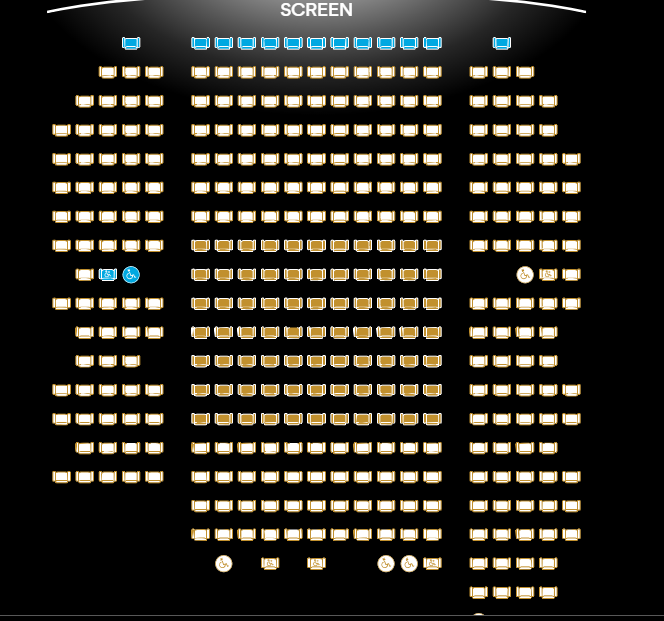

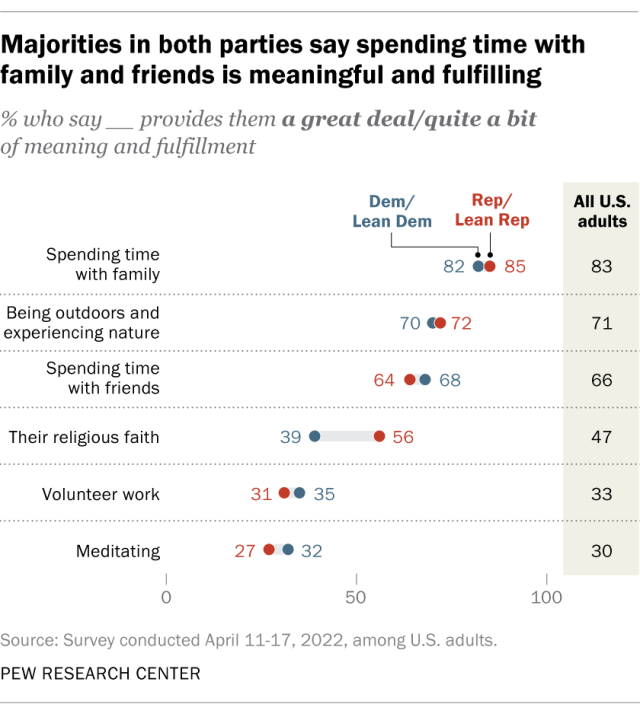
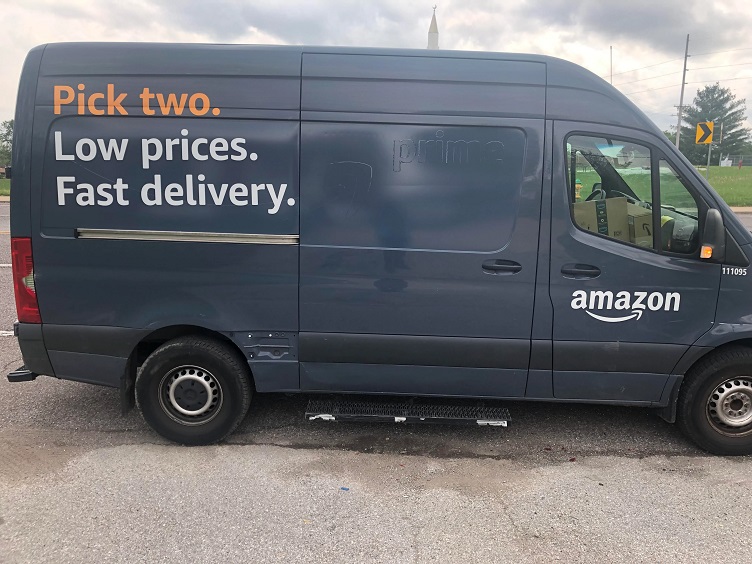
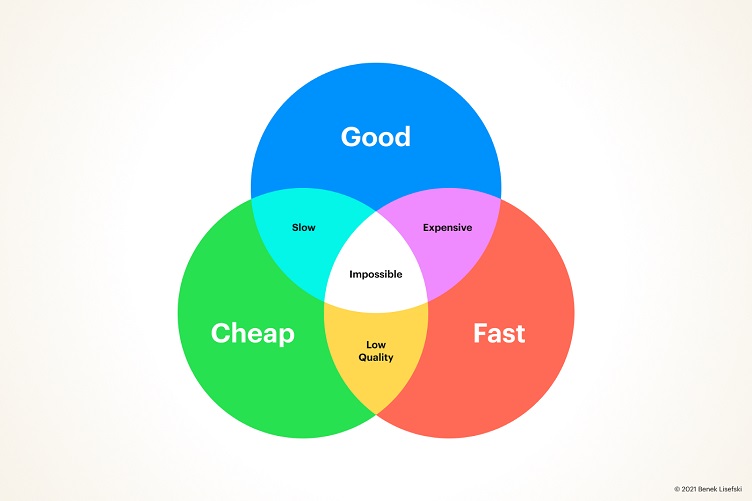
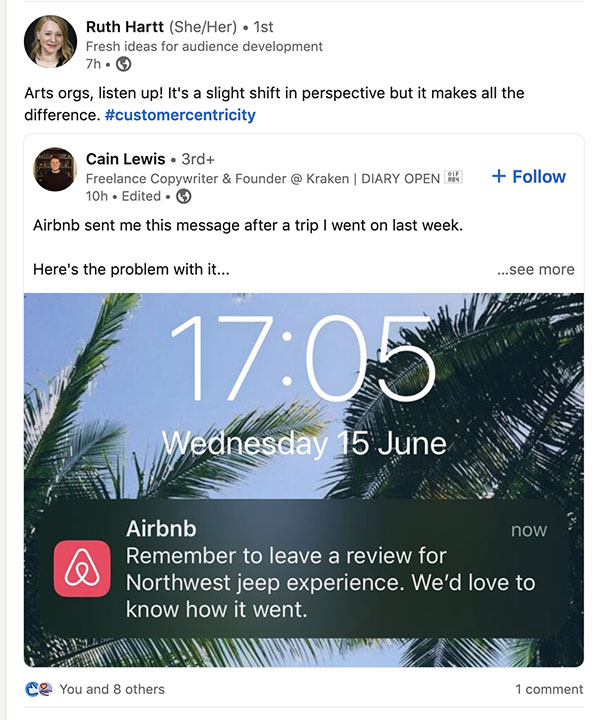

Santa Cruz Shakespeare has several tiers of benefits for donors/members. Some, like season-announcement parties, are open to several tiers. Some,…